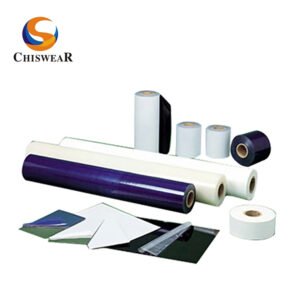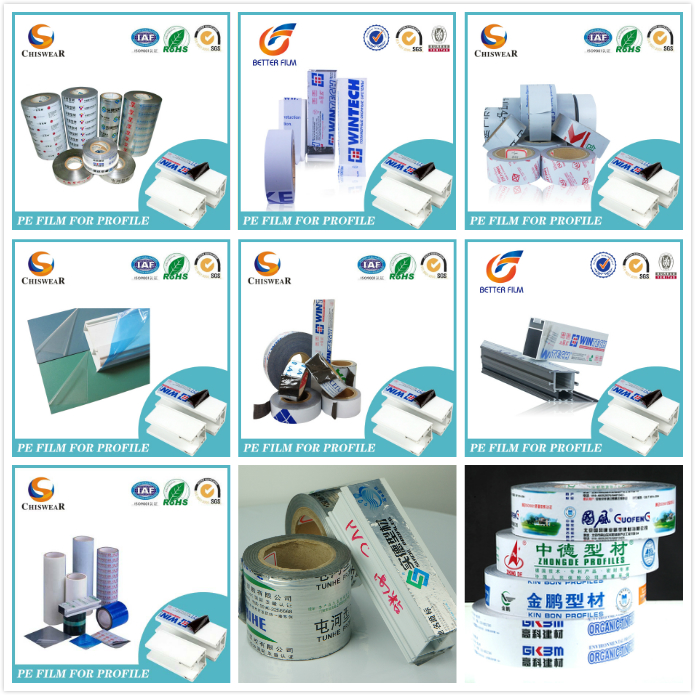Table of Contents
Meta Description
Enhance laminate film printing with tension control, plasma treatment, and sustainable materials. Improve durability, precision, and eco-performance with smart solutions.
Body
Laminate protective films have become a part and parcel of modern-day products irrespective of the industry. Ranging from delicate electronics to huge automotive parts, and the products from construction industry, laminate products are used everywhere. They help provide to barrier against scratches, damage from pollutants, environmental factors, and exposure to UV rays. Moreover, these laminate tapes provide an appealing appearance to the products.
Laminate tapes are a means of marketing for the brands as they come with the company’s logo. These are used for creating brand identification and recognition. However, laminate tapes undergo several challenges starting right from their production to application and daily usage. They need to be capable of enduring adverse environmental conditions like humidity, heat, and dust. Moreover, different laminate tapes behave differently on different surfaces. Similarly, maintaining consistency in printing quality is another challenging task. Issues like proper drying of ink even under humid and hot conditions need to be dealt with to maintain high quality.
Let us have a look at the common problems and these can be prevented and resolved to maintain high performance standards.

Analysis of Technical Difficulties:
The production process for the laminate tapes is marked by numerous challenging processes ranging from ink drying to ensuring consistent quality under challenging environments. If done wrong, these can cost the manufacturers in the form of low-quality laminate tapes with substandard printing. Let us have a look at the commonly faced issues:
Printing Precision Issues:
Maintaining the same standards for painting quality is not always easy as the inks on laminate films may react differently to different surfaces. Reactions with different chemicals and different surface finishes may lead to inconsistent finish and poor color quality. Moreover, producing films with different textures means unique printing techniques and a unique color composition will be needed for each texture to produce the same, high-quality printing results.
Adhesion Challenges
During production, achieving the optimal adhesion between ink and the surface of laminate can be a challenging task. Over adhesive surface can cause smudged ink or peeling of the film. It not only puts the appearance at stake but also negatively impacts the protective abilities of the film. Factors like dust and humidity can also impact adhesion especially when you are not maintaining a controlled environment.
Durability Problems
The low surface tension of the laminate tape can become a hurdle in the proper adhesion of ink to the tape. The ink can hence smear and smudge. Inefficient adhesion can also cause the ink to fade soon. Improper curing and choosing the wrong ink can also cause durability problems. Different solvent bases are required for different types of film surfaces. A wrong combination can negatively impact the drying process and the ink may crack as a result.
Environmental Considerations
One of the challenges faced by laminate films is that their production requires processes that consume a lot of energy. For example, curing and extrusion are energy-intensive. Similarly, the materials used in these films are mostly nondegradable plastics like PE and PVC. These can contribute a lot in increasing the carbon footprint on earth as these aren’t sourced from sustainable material sources. That is why a major shift is needed by the laminate tapes industry towards energy-efficient procedures and the use of sustainable materials.
Preventive Measures for Common Problems

Now let us have a look at how the above-mentioned common challenges can be resolved through technological advancement and advanced material sciences. Here is a brief overview of the practical steps that can be taken to avoid the challenges in the production of laminates protective films.
Mitigating Printing Precision Challenges
- The advanced tension monitors can help reduce the misalignments in the surface and they make sure the tension is distributed evenly across the surface so that the wrinkles can be avoided. Hence the printing will be smooth and precise.
- Using dryers with controllable temperature settings helps in proper curing. When the ink dries evenly, poor-quality printing issues can be avoided.
Measures for Improving Durability
- Special treatments like the Plasma Treatment can be applied to enhance bonding between the ink and the surface of the film. This helps in avoiding cracking and flak formation.
- Moreover, using an appropriate combination of the solvent base and the type of film can help improve adhesion. For example depending on the film material like PE or PVC, using the ink that binds well with the respective material.
- Using a primer coating also helps enhance adhesion and improve durability in printing.
Measures to Enhance Environmental Performance
- Environmental challenges can be mitigated by switching to degradable materials like PLA and recyclable materials.
- Moreover, using water-based inks instead of solvent-based ones, or using low-VOC inks can also help reduce the environmental impact.
- Similarly, shifting to sustainable and energy efficient practices can also have far reaching effects. For example, use energy efficient machinery like the latest lamination machines that use much lower amount of power.
Conclusion
Improving the printing quality and sustainability of laminate films requires advanced technologies and eco-friendly practices. Key challenges like adhesion issues, inconsistent printing, and durability problems can be addressed with tension monitors, plasma treatments, and precise curing. Environmental performance can be enhanced by switching to biodegradable materials, water-based inks, and energy-efficient machinery, helping manufacturers achieve high-quality output while minimizing their environmental impact.
References
- https://chidecor.com/product-category/protective-film
- https://chidecor.com/product-category/protective-film
- https://en.wikipedia.org/wiki/Polyethylene#:~:text=Polyethylene%20or%20polythene%20(abbreviated%20PE,the%20most%20commonly%20produced%20plastic.
- https://omnexus.specialchem.com/selection-guide/polyvinyl-chloride-pvc-plastic









